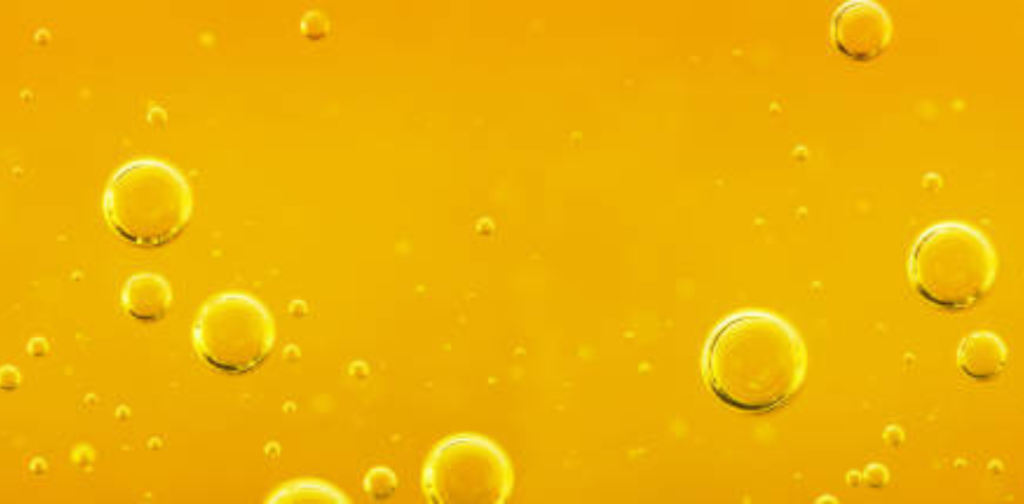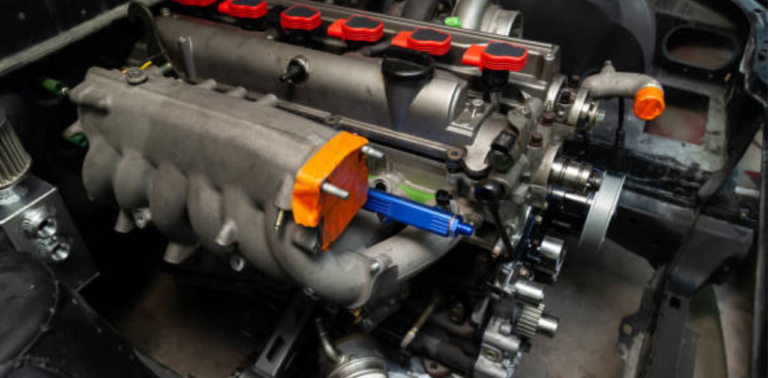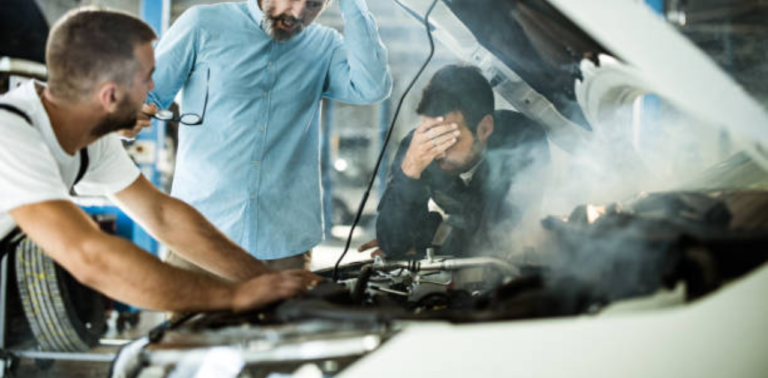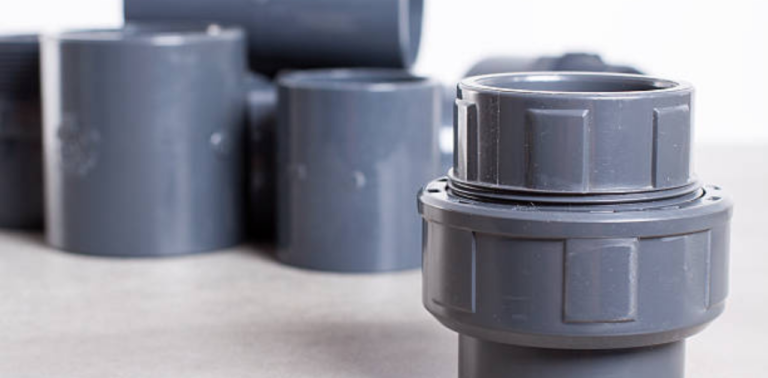What Causes Air Bubbles in Engine Oil? Explained
Understanding the warning signals and symptoms that your car gives off is essential for preserving its functionality and health. Your engine’s oil, which is vital to its operation, has one such indication. It might be unsettling to spot air bubbles in engine oil since it may indicate problems with how your car is operating. The causes of air bubbles in engine oil, what they mean on the dipstick, their existence, and the phenomena of foaming in lubricants will all be covered in this article.
Understanding the Causes of Air Bubbles in Engine Oil
Engine oil circulates through various parts of the engine, providing lubrication, reducing friction, and dissipating heat. However, sometimes air bubbles can form within the oil, which may lead to concerns about the oil’s effectiveness and the engine’s health. Several factors can contribute to the formation of air bubbles in engine oil:
- Agitation during Oil Changes: When an oil change is performed, the new oil is added to the engine. The introduction of fresh oil can cause some agitation, leading to the formation of air bubbles within the oil.
- Engine Temperature and Pressure: Changes in engine temperature and pressure can cause air to dissolve in the oil. When the engine is running, the pressure can increase, causing more air to mix with the oil. Subsequently, as the engine cools down, the air may come out of the solution and form bubbles.
- Oil Aeration: Aeration occurs when the oil is excessively agitated or churned, causing it to mix with air. This can happen due to splashing or frothing of the oil, leading to the presence of air bubbles.

Interpreting Air Bubbles on the Oil Dipstick
When you check the engine oil level using the dipstick, you may notice air bubbles clinging to the dipstick’s surface. Understanding what these air bubbles signify is essential for accurately assessing your engine’s oil level:
- Few Air Bubbles: Seeing a few small air bubbles on the dipstick is generally normal and not a cause for concern. During regular engine operation, some air can get mixed with the oil, leading to these small bubbles. It’s important to focus on the overall oil level indicated on the dipstick.
- Excessive Air Bubbles: If you observe a significant amount of air bubbles on the dipstick, especially if they are large or persist for an extended period, it could indicate a problem. This might suggest issues such as overfilling the oil, aeration due to mechanical problems, or incorrect oil viscosity.
Does Engine Oil Have Bubbles Normally?
In normal engine operation, it’s common for engine oil to contain small air bubbles due to the dynamics of the engine. These bubbles are typically a result of the constant movement and circulation of the oil within the engine. The oil is subjected to varying pressures, temperatures, and movements, leading to the formation of these minor air bubbles.

However, it’s essential to differentiate between normal, small air bubbles and excessive, large air bubbles. While a few small air bubbles are considered normal, an excessive amount of large bubbles can indicate potential issues that need to be addressed promptly.
Is it safe to have bubbles on the dipstick after an oil change?
It is not uncommon to see oil bubbles on the oil measuring rod after an oil change, and in many cases, this is also perfectly normal. If you change the oil in your engine, especially if you have just started the engine after the oil change, air can get stuck in the oil, causing bubbles to form. Here are a few reasons why oil bubbles may appear on the oil gauge after an oil change:
Ventilation during the oil change: If you drain the old oil and add new oil to the engine, some air may enter the system. This air can create bubbles in the oil, and it may take a while for these bubbles to dissolve.
First start: after an oil change, the engine may not have run long enough to let all the air escape from the oil system. At the first start, a certain amount of foam may form, leading to bubbles on the oil measuring rod.
Fill up the oil filter: If you have replaced the oil filter during the oil change, the new filter must be filled with oil. During this process, air can enter the system, which contributes to bubbles.
Exploring Foaming in Lubricants
Foaming in lubricants refers to the formation of foam or air bubbles within the lubricating oil. It is an undesirable condition that can compromise the oil’s ability to protect and lubricate the engine effectively. Several factors can cause foaming:
- High-Speed Agitation: High-speed movement or agitation of the oil can lead to foaming. This often happens in areas of the engine with intense mechanical action, causing air to mix with the oil and form foam.
- Oil Contamination: Contaminants in the oil, such as dirt or other fluids, can induce foaming. These contaminants can act as nucleation points for air bubbles, encouraging foaming to occur.
- Incompatibility with Additives: Certain additives, if not compatible with the base oil, can cause foaming. The additives may disrupt the oil’s molecular structure, making it prone to foaming.
Understanding the causes of foaming is crucial to prevent or mitigate this issue. Using high-quality, appropriate-grade engine oil and regularly servicing your vehicle can help minimize the risk of foaming and maintain the oil’s efficiency.

When you have bubbles on your engine oil dipstick?
Bubbles on the engine oil gauge may be a cause for concern and may indicate a problem with the engine. Here are some possible reasons for bubbles on the motor oil measuring rod:
coolant pollution: when coolant enters the engine oil, it can cause bubbles on the measuring rod. This may be due to a damaged head gasket, a torn cylinder head, or a torn engine block.
Ventilation: Sometimes air can mix with the engine oil, causing bubbles to form. This can happen if the oil level is too high or if the oil is excessively stirred up, for example by aerating the oil pump or other problems.
Combustion gases: When combustion gases enter the engine oil, this may cause bubbles to form. This may indicate a defective piston ring or other internal engine problem.
Conclusion:
Noticing air bubbles in your engine oil isn’t always a cause for alarm. Small air bubbles are typically normal and are a result of the engine’s operation. However, if you observe excessive air bubbles, it’s essential to investigate further to identify any potential problems with your vehicle. Regular maintenance, using the right type of oil, and adhering to manufacturer recommendations can help ensure a healthy and well-functioning engine.






